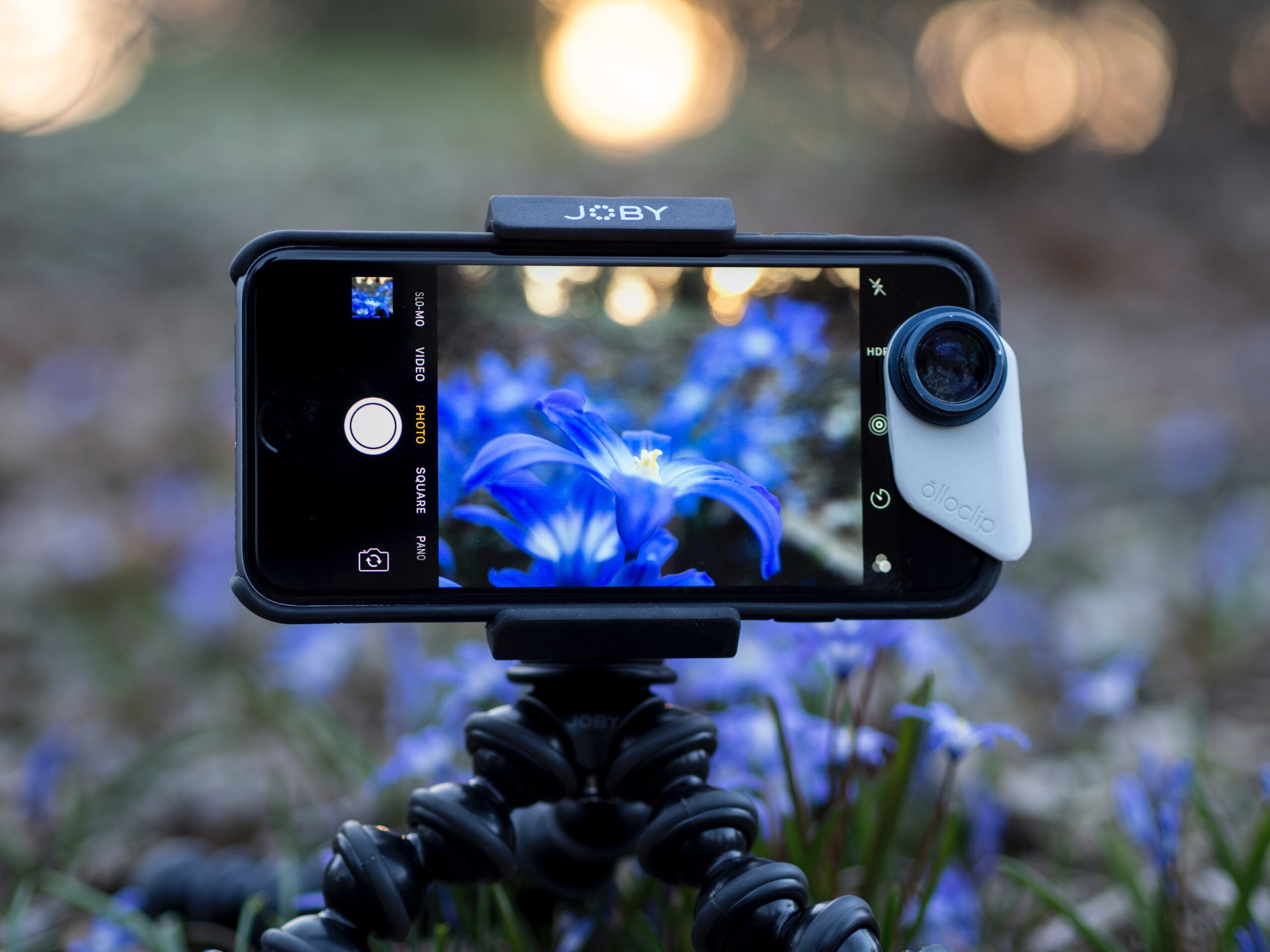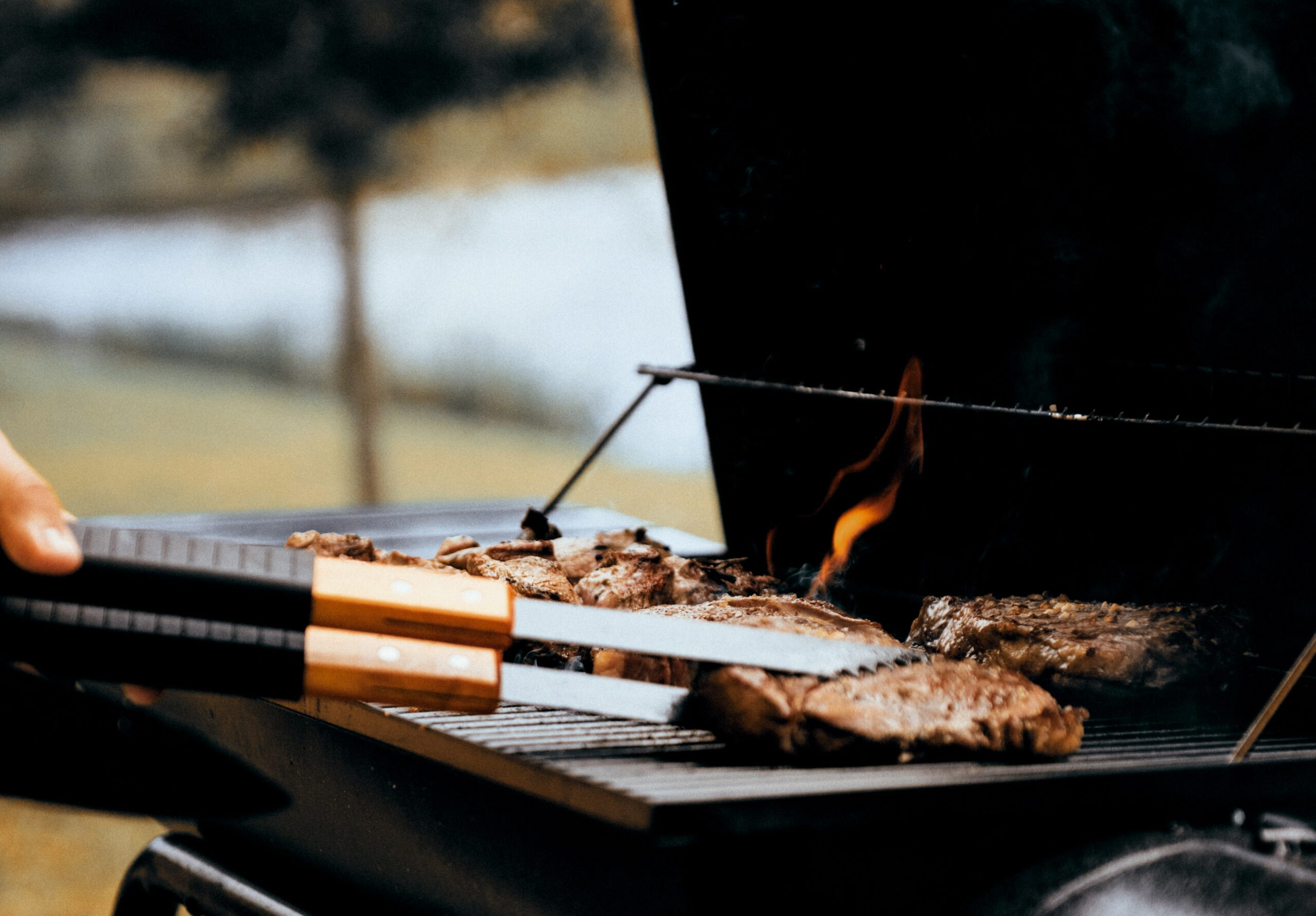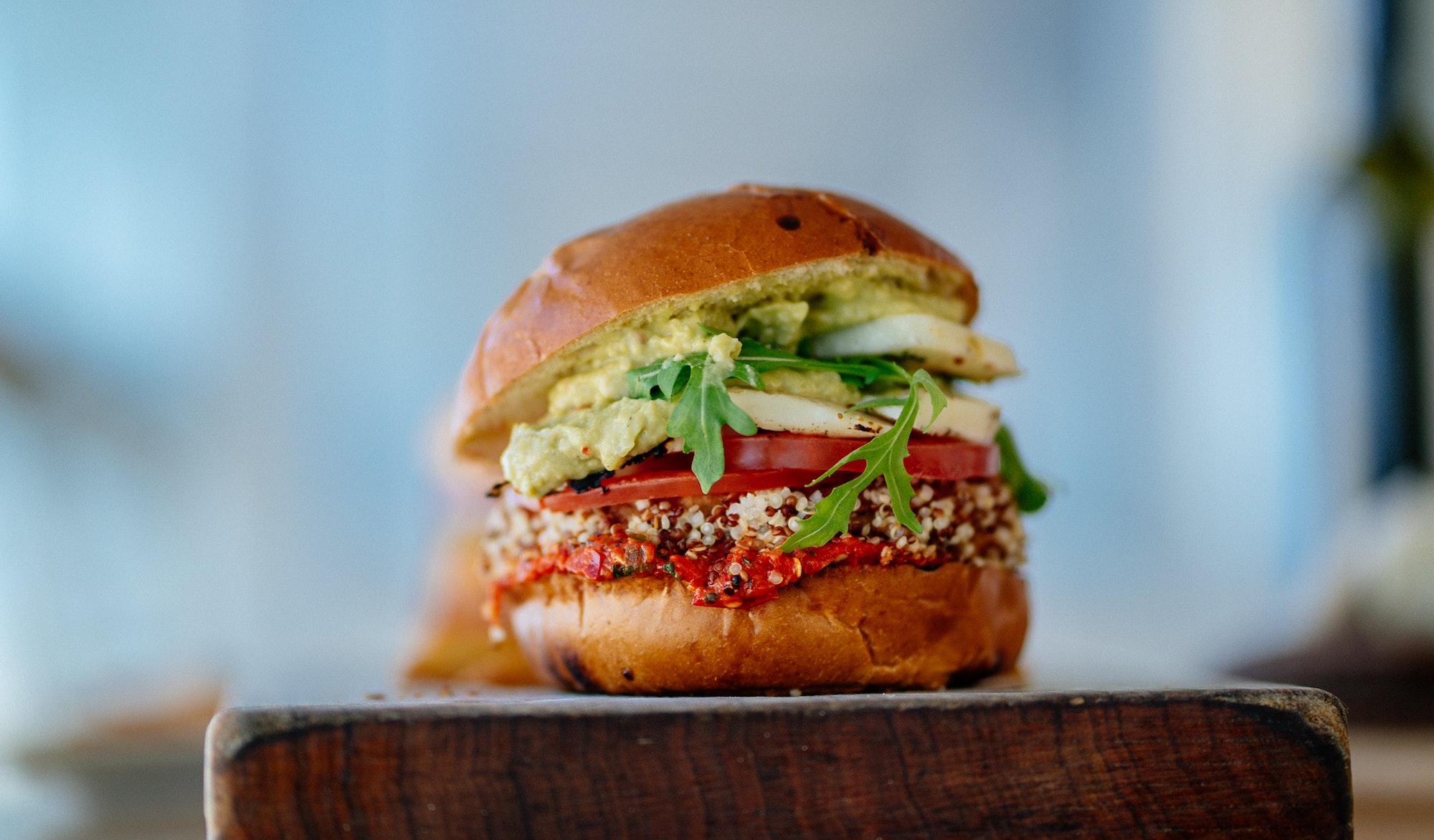For anyone looking to take photography or video to the next level, a tripod is a must-have accessory. Choosing the right one for your iPhone can be tricky – but it doesn’t have to be. Here are five of the best tripods for iPhones.
10 best tripods for iPhones
1. The Ravelli APLT4 61” Aluminum Tripod with Bag is an ideal choice for anyone who wants all the features of a professional tripod without paying the hefty price tag. It comes with an adjustable center column and three position leg angle adjustments, providing maximum versatility and stability in any setting. Plus, its aluminum construction ensures long-lasting durability even during outdoor use.
2. The Joby GorillaPod Mobile Rig Tripod is the perfect all-in-one package for anyone who needs to capture videos and photos with their iPhone. It comes with two adjustable arms, a cold shoe mount, a grip tripod and a ball head mount – making it easy to customize your shot. The flexible legs also allow you to set up your tripod on any flat surface or wrap them around objects for extra stability.
3. The UBeesize Phone Tripod S stands out from the crowd thanks to its unique design that allows users to take stunning overhead shots of their subject. With its foldable frame, adjustable height and soft rubber feet, this tripod offers maximum convenience in any setting. Plus, it comes with Bluetooth remote control compatibility so you can snap the perfect shot from anywhere.
4. The Manfrotto PIXI Mini Tripod is a great option for anyone who wants to take their iPhone photography on the go. This lightweight, compact tripod can be easily tucked away in your pocket or bag and can support up to 8.8 lbs of weight – making it an ideal choice for shooting with heavier cameras or lenses.
5. The Fugetek FT-568 Professional Tripod is an excellent tripod choice for users who prefer a more traditional design. With its adjustable legs, monopod capabilities and tilt head mount, this tripod provides maximum stability despite its light weight construction. Plus, it comes with its own carrying case so you can conveniently take your setup wherever you need it.
6. Our next pick is the JOBY GorillaPod Mobile Mini Tripod. This lightweight tripod is great for travel and fits easily into your pocket or bag. It has strong, flexible legs that can accommodate up to 500 grams of weight and wrap around objects such as poles and branches for stability.
7. Another great choice is the UBeesize Phone Tripod with Bluetooth Remote. The UBeesize tripod comes with a Bluetooth remote shutter so you can take hands-free photos and videos from up to 30 feet away. Its octopus-style legs are adjustable in any direction, providing maximum flexibility while still maintaining stability.
8. Next on our list, the Manfrotto PIXI Mini Tripod. This mini tripod is designed to be as lightweight and portable as possible, while still providing great stability. It has rubber feet which grip surfaces securely, and its adjustable head allows you to tilt your iPhone up to 90 degrees for the perfect shot.
9. Another great option, the Joby GripTight GorillaPod Stand. This flexible tripod is designed to hold any smartphone securely while providing stability and enhanced control. Its twistable legs provide 360-degree positioning and up to 8.3 inches of height adjustability, allowing you to take stable pictures and videos from any angle you wish.
10. Last but not least, is the iStabilizer Flex. The Flex offers 360-degree panoramic rotation and a full range of motion, so you can get creative with your shots. Its flexible legs fit any surface and provide a secure hold that won’t slip or slide easily.
What is a tripod for an iPhone?
A tripod for an iPhone is a device used to stabilize your phone while you take pictures or videos. It allows the user to easily adjust the shooting angle, ensuring that the image captured is perfectly composed. Tripods for iPhones are designed with adjustable legs and clamps, allowing it to fit securely on any type of surface.
The clamp is also capable of holding different types of phones, from Android to iPhone XS models. Not only does this make it convenient for different users with various devices, but it also ensures that no matter the size of your phone, you will be able to get stable images. Additionally, most tripods come equipped with Bluetooth remote control, so you can use your phone from a distance without having to move around too much.
This is particularly useful when taking selfies or group photos. Additionally, some tripods are designed with a built-in ring light, providing users with the perfect lighting for their photography needs. With all these features, it’s no wonder why having a tripod for your iPhone is essential.
By using a tripod for your iPhone, you can take higher quality images and videos without having to worry about shaky hands or uneven angles. Whether you’re taking pictures of a special moment or recording video footage for your next project, make sure that you have the right equipment to get the job done correctly. Investing in a quality tripod will save you time and money in the long run by providing clear and steady images every time. With a tripod, you can take your iPhone photography and videography to the next level.
Should I use tripod with iPhone?
It is generally recommended to use a tripod when using an iPhone for photography or videography. Tripods offer increased stability and control when taking pictures or videos with the phone, reducing the risk of blurriness due to unintentional camera movement. Additionally, tripods can help you get creative by offering more angles to photograph from and enable you to frame your shots more precisely.
Using a tripod also allows you to free up your hands in order to use accessories such as lights, microphones, lenses, etc., further enhancing the quality of your photos and video recordings. There are numerous types of tripods available for iPhones – some that clip directly onto the device itself and others that have mounting brackets for attaching other devices like cameras or GoPros. Whichever type you choose, make sure it is compatible with the size and weight of your iPhone in order to ensure that the phone remains secure.
For best results when using a tripod with your iPhone, experiment with different angles, adjust the height of the tripod if necessary and consider investing in an accessory such as a remote control shutter release or intervalometer for added control over your photography. With these tips in mind, you should be able to maximize the benefits of using a tripod with your iPhone for all your creative projects.
Which tripod is best for taking pictures?
When it comes to choosing the best tripod for taking pictures, there are a few key factors to consider. Firstly, you need to decide what type of photography you will be doing and the weight of your camera equipment. Tripods come in different sizes and materials, so make sure you select one that is suitable for your requirements.
Once you have taken into account your intended usage, the next step is to determine what type of leg locks you require. If you plan on transporting your tripod with frequency or carrying heavier equipment, then look out for quick-release systems which are fast and easy to use. Conversely if you prefer more stability when shooting images then traditional twist locks may be better suited as they provide greater strength and rigidity.
Finally, consider the overall size and weight of the tripod itself. Many photographers value portability when selecting a tripod, as this makes it easier to transport from location to location. On the other hand, if you are intending to shoot in one place for an extended period then opting for a larger and heavier model may be more practical. Ultimately, finding the right tripod will help you capture stunning images with ease. With careful research and comparison of available models, you can find the perfect companion for your camera.
What is the best tripod for phone and camera?
When looking for the best tripod for your phone or camera, there are several things to consider. The most important is the height and weight of the tripod. A larger tripod can be more stable and offer better support for heavier cameras, but it will also take up more space in your bag or on a shelf. If you’re planning to use the tripod outdoors, make sure it’s made with durable materials that won’t break or get damaged in extreme temperatures or wet environments.
Next, think about how often you’ll be using the tripod. If it’s only occasionally, then opting for an inexpensive model may suffice; however, if you plan on taking lots of photos or videos regularly, then a higher quality product with better features such as adjustable legs and a locking mechanism may be worth the extra cost.
Finally, consider whether you need an additional tripod head such as a ball-head or pan/tilt head. A ball-head will allow for more flexibility in terms of angles, while the pan/tilt head is better suited for taking photos or videos of moving subjects. Both types of heads offer different levels of stability and will help ensure that your images remain steady even in windy conditions.
By keeping these factors in mind, you should be able to find the best tripod for your phone or camera to suit your needs. Once you’ve found the right model, make sure to take proper care of it by regularly cleaning it with a soft cloth and storing it in a dry place. By doing so, you can ensure that your tripod will last for years to come.
What is the difference between a cheap and expensive tripod?
The differences between a cheap and expensive tripod can be significant. Cheap tripods are typically made of plastic, have fewer sections in their legs, and lack the adjustability of more expensive models. They often don’t come with any kind of carrying case or head stabilizers. Expensive tripods are usually made from metal or carbon fiber materials, which provide much sturdier support for heavier equipment.
They also feature larger diameter legs for greater stability on uneven terrain, and adjustable leg locks for easy height adjustment. High-end options may also include additional features such as fluid heads and vibration dampeners to further reduce motion blurs when shooting video or capturing long exposure images. In conclusion, while there is no one-size fits all answer to the question of what tripod is best for you, understanding the differences between a cheap and expensive model can help you make an informed decision.
Finally, it is important to remember that even the most basic tripod will be better than no tripod at all. If you’re just starting out in photography, it may be wise to invest in a mid-range model that offers a good balance of features and cost. This will give you some room to grow into more advanced techniques as your skills improve. Regardless of which type of tripod you choose, having one will enable you to capture sharper images with greater flexibility – making it an essential tool for any photographer.
Is a heavier tripod better?
The answer to this question is not as straightforward as it may seem. While a heavy tripod is generally more stable and secure than its lighter counterparts, it can also be more difficult to transport and set up. The weight of the tripod will depend on several factors including the materials used in its construction, the number of leg sections, and other features like ball heads or gimbals.
The best way to determine if a heavier tripod will suit your needs is to consider what type of photography you practice. If you are an outdoor photographer who needs extra stability when shooting in windy conditions, then a heavy-duty metal tripod might be worth considering. On the other hand, if you’re primarily taking photos indoors or shooting lightweight equipment, then a light-weight carbon fibre tripod might be more suitable.
Ultimately, the choice of tripod will depend on your individual needs and circumstances. It is important to weigh the pros and cons of each option before making a purchase, so that you can end up with the best tripod for your specific purposes. Taking all of this into consideration should help you make an informed decision when it comes to purchasing a new tripod.



